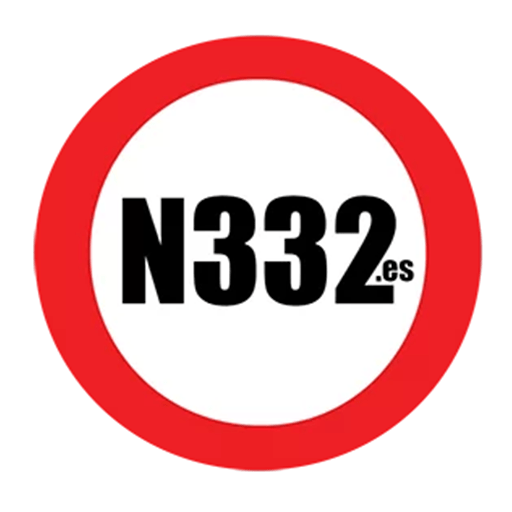The tyres of a vehicle are the most abused part, and also the most important in many ways, as they ensure the vehicle maintains safe contact with the road in all weather conditions. But, because of, in some places, the state of those roads, and other risks that can damage the rubber component, it is crucial to ensure that there is a way of continuing your journey in the event of a puncture, until it can be repaired properly, and that is where the spare wheel comes into play.
However, these days, many cars don´t have a spare wheel. When purchased, many of them come with their own emergency kit, of which there are a variety available, which serves the same function of allowing you to continue until a repair can be made, at the earliest possible time.
Spanish regulations do stipulate that all vehicles must have a system that allows them to continue driving in the event of tyre failure.
Therefore, if your car comes with an alternative emergency kit, it is not punishable in itself, provided another effective method is available to remedy a puncture or blowout. The objective is, as we have mentioned, ensuring the safe movement of the vehicle until it reaches a point where it can be properly repaired or replaced.
Contents
Available options
Currently, vehicle manufacturers offer various approved solutions that meet legal requirements. These are the main ones:
Standard spare wheel
It’s identical to the original, so it doesn’t restrict driving. You can drive normally until the damaged tyre is replaced.
Emergency or “cookie” wheel
It’s smaller and lighter, designed for short journeys (generally no more than 80 km) and low speeds. It often comes standard on many modern passenger cars.
Puncture repair kit
It includes a sealing spray and a compressor that allows you to temporarily seal the hole and reinflate the tyre. It’s not reusable, but it can get you out of a tight spot.
Run-flat tyres
Run-flat tyres are designed to withstand pressure loss and allow driving for approximately 80-100 km after a puncture, albeit at limited speeds. Not all vehicles are designed to accommodate this type of tyre.
What happens if you don’t have a system?
Failure to have a suitable and approved system can result in a fine of up to 200 euro, even if the vehicle is in perfect condition. The DGT understands that, in the event of an unforeseen event, the vehicle must be able to continue driving safely, without necessarily relying on external assistance.
What if you have roadside assistance?
Even if your policy includes this service, it doesn’t exempt you from having a valid puncture rescue system. Insurance companies come to the rescue, but traffic officers don’t consider this coverage a substitute for the required systems.
Remember, the point of the “spare”, whatever the makeup, is to get you out of a dangerous situation, and then allow you to facilitate a repair or replacement as soon as possible. Therefore, except immediately following an incident, driving with a flat spare wheel, or expired emergency kit, is also not permitted, and you should check your spare regularly, at least monthly and before any long journey.
Discover more from N332.es - Driving In Spain
Subscribe to get the latest posts sent to your email.
